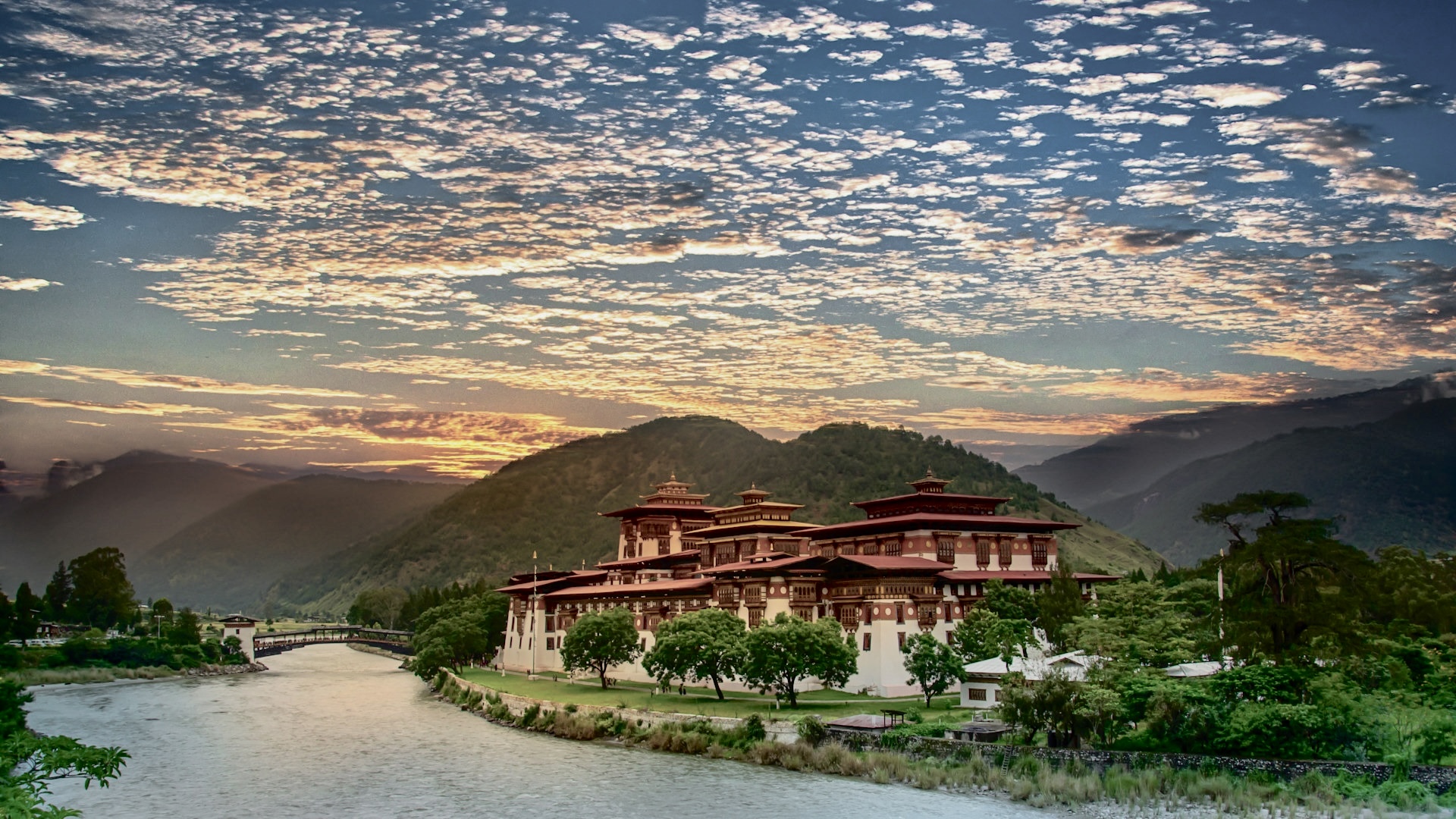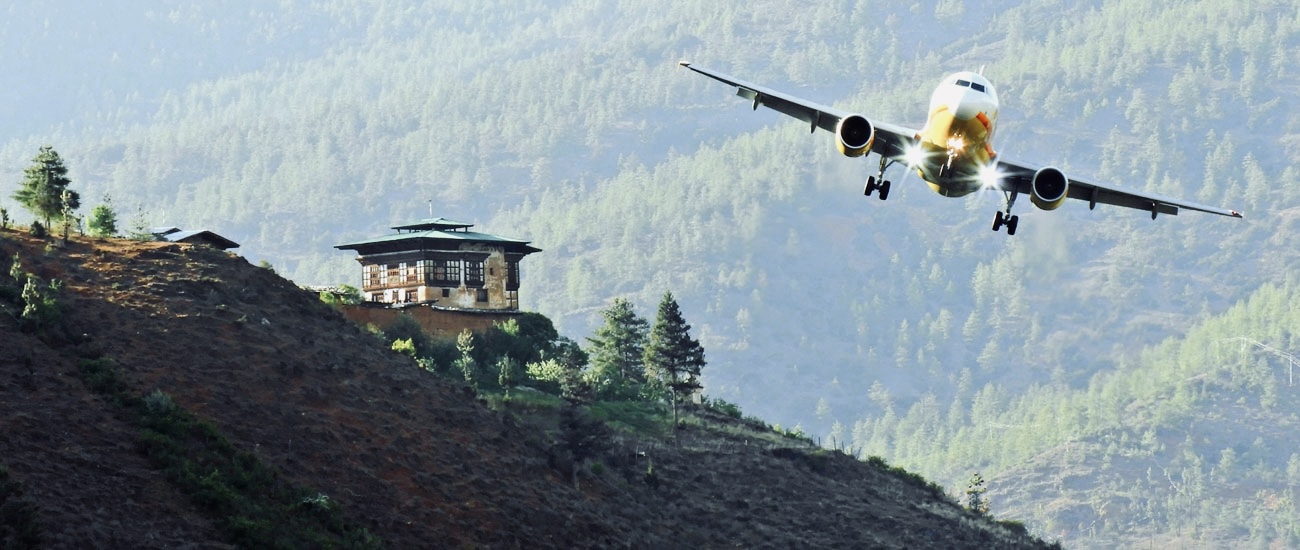Bhutan’s climate varies with its diverse topography, which includes the southern subtropical plains, the central temperate regions, and the northern high Himalayan Mountains. Generally, Bhutan experiences four distinct seasons:
Spring (March to May): Spring is a pleasant season in Bhutan when the weather is mild and flowers are in bloom. Temperatures in the lowlands can range from 15°C to 30°C (59°F to 86°F), while the higher regions are cooler.
Summer (June to August): Bhutan’s summer is the monsoon season, with heavy rainfall in many parts of the country, especially in the southern plains. It can be hot and humid with temperatures ranging from 20°C to 30°C (68°F to 86°F) in the lower areas.
Autumn (September to November): Autumn is one of the most popular times to visit Bhutan, as the weather is clear, and the skies are often blue. Temperatures are generally comfortable, with daytime temperatures ranging from 15°C to 25°C (59°F to 77°F).
Winter (December to February): Winters in Bhutan are cold, especially in the higher elevations. In the capital, Thimphu, temperatures can drop below freezing, while the southern plains are milder. This is the dry season, and you can expect clear skies.
In the high Himalayan regions of Bhutan, snowfall is common during the winter months. The climate can vary significantly depending on the specific region and altitude, so it’s essential to consider the time of year and your destination when planning a trip to Bhutan. Bhutan’s government places a strong emphasis on environmental conservation, so it’s essential for visitors to be aware of and respectful of the country’s environmental policies and practices while enjoying its natural beauty.


